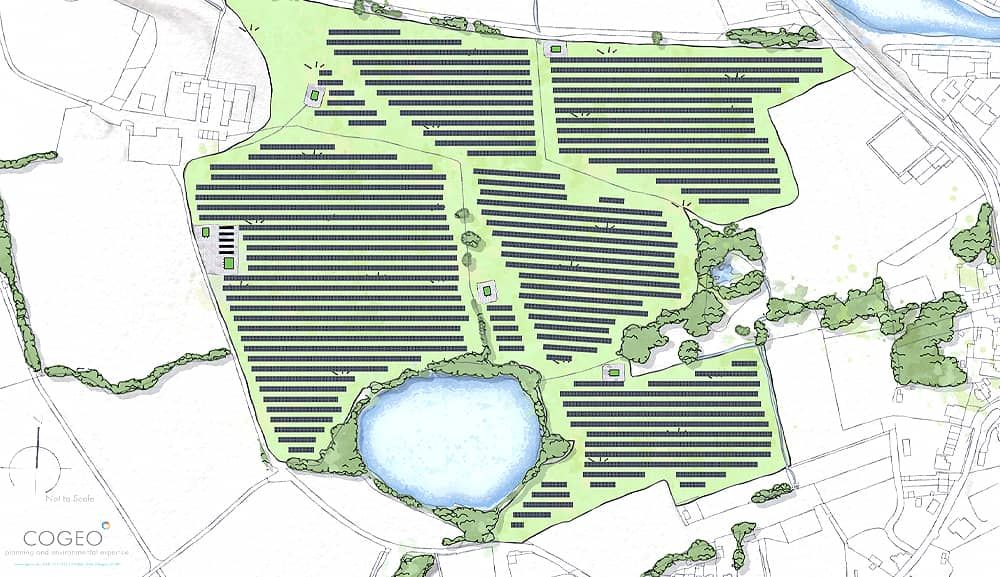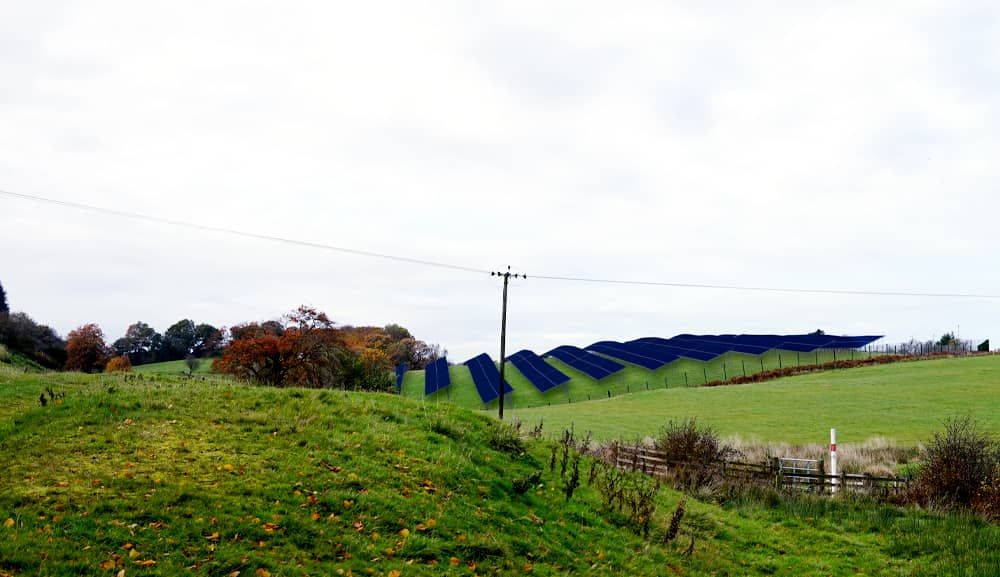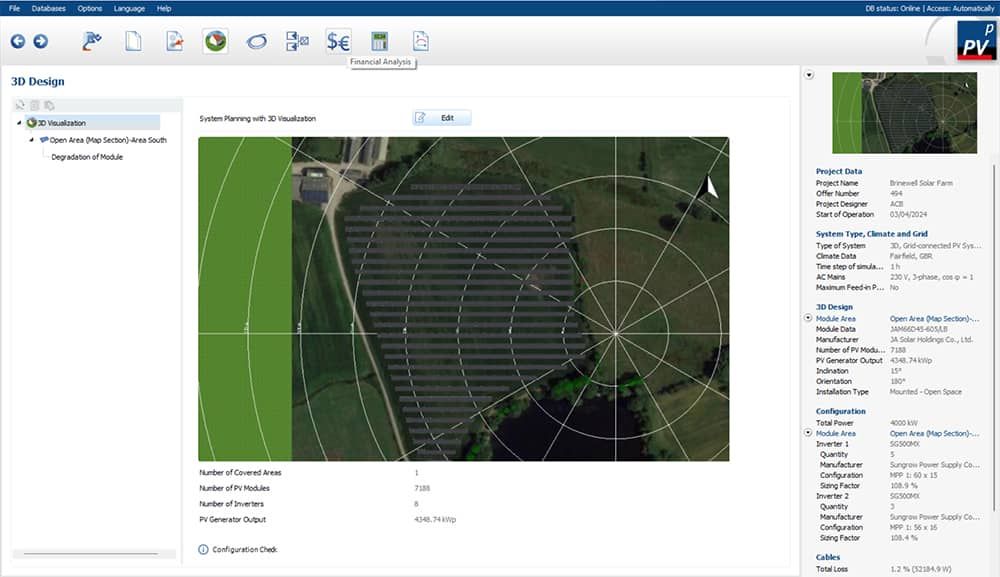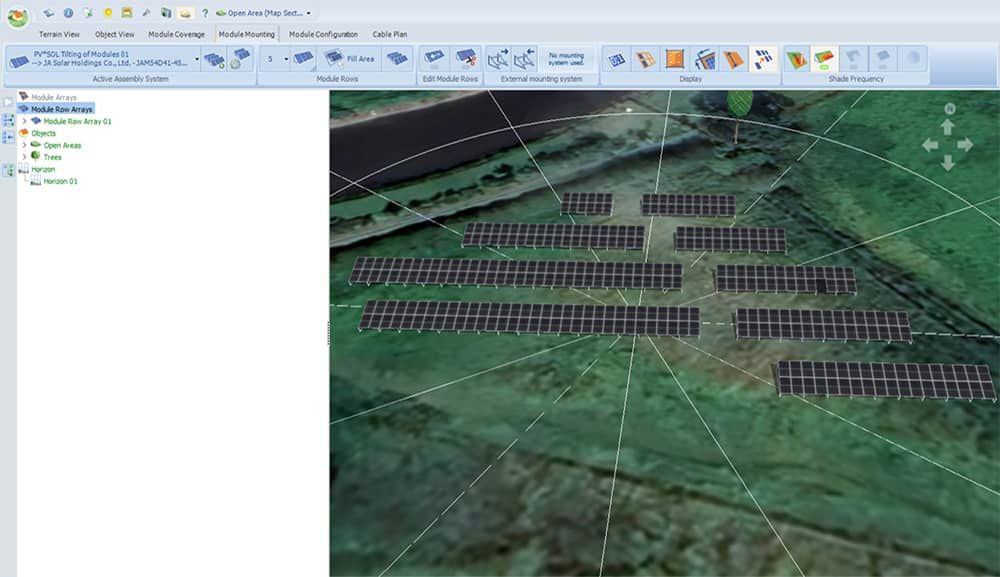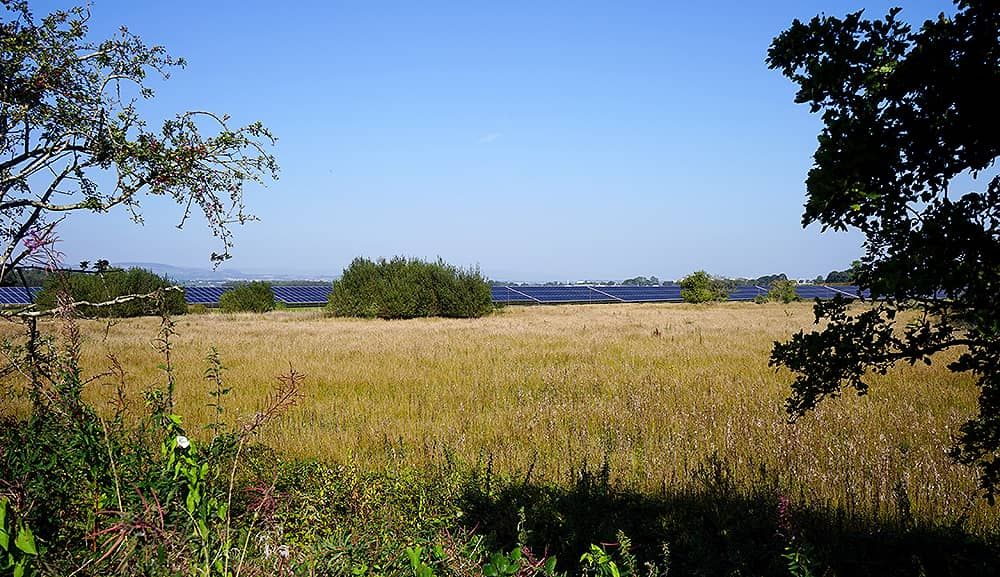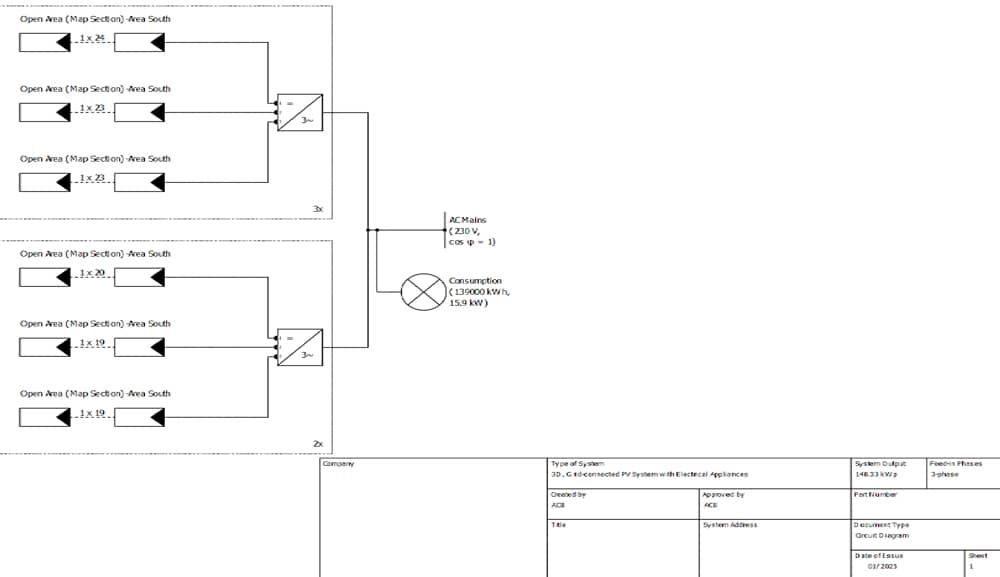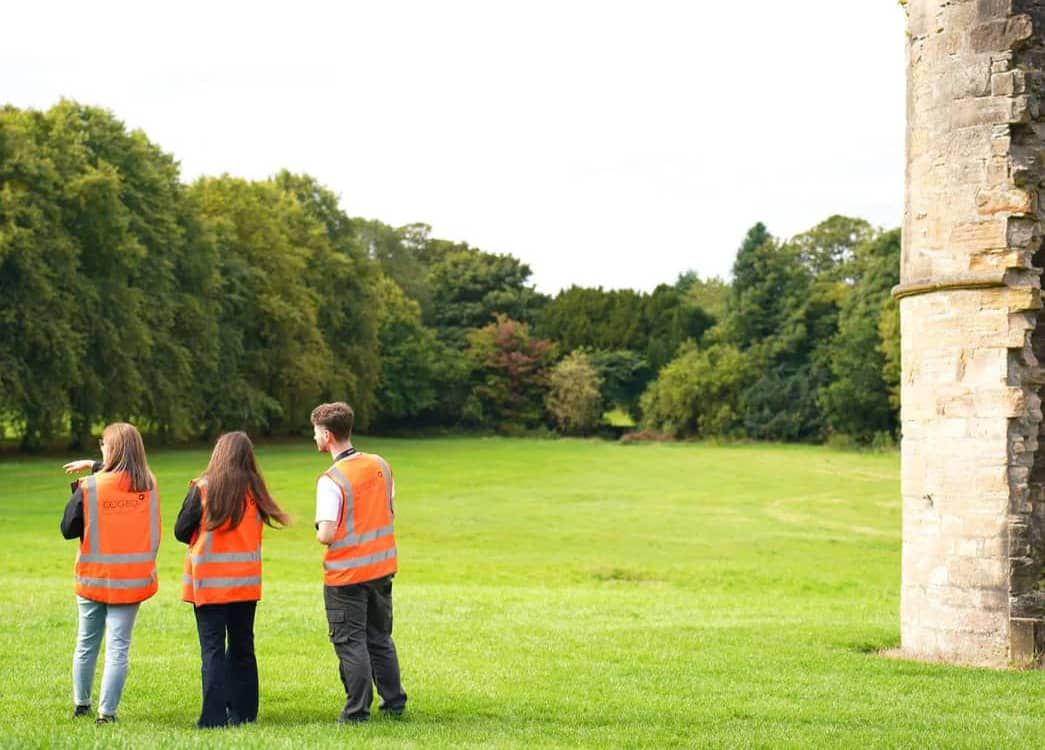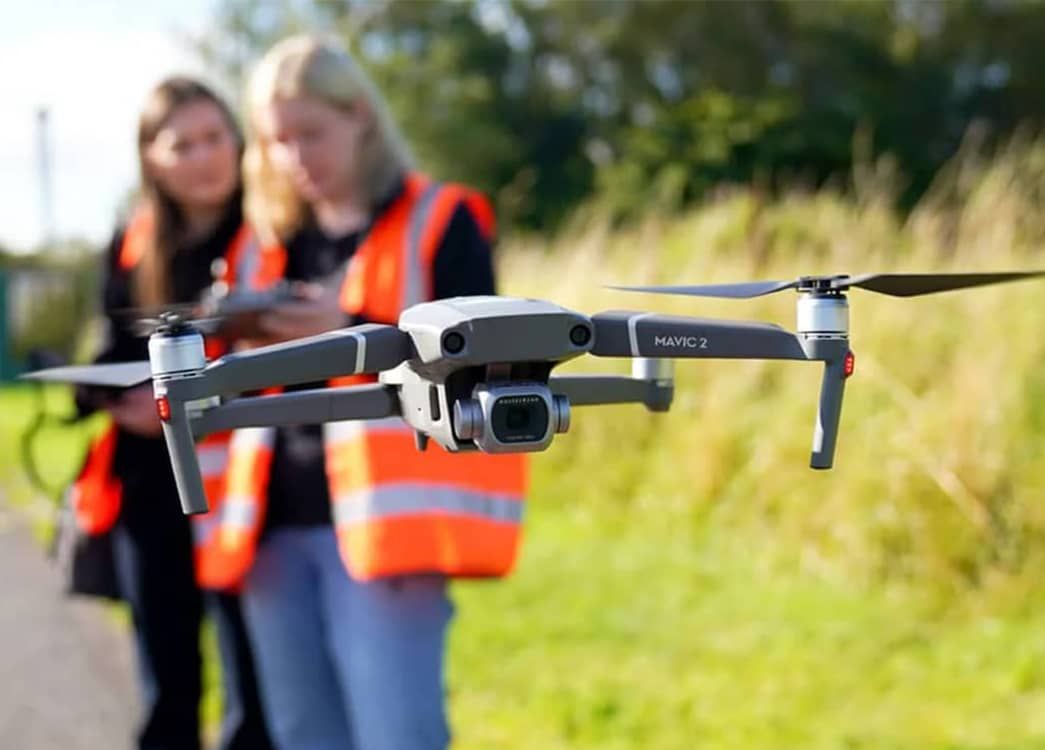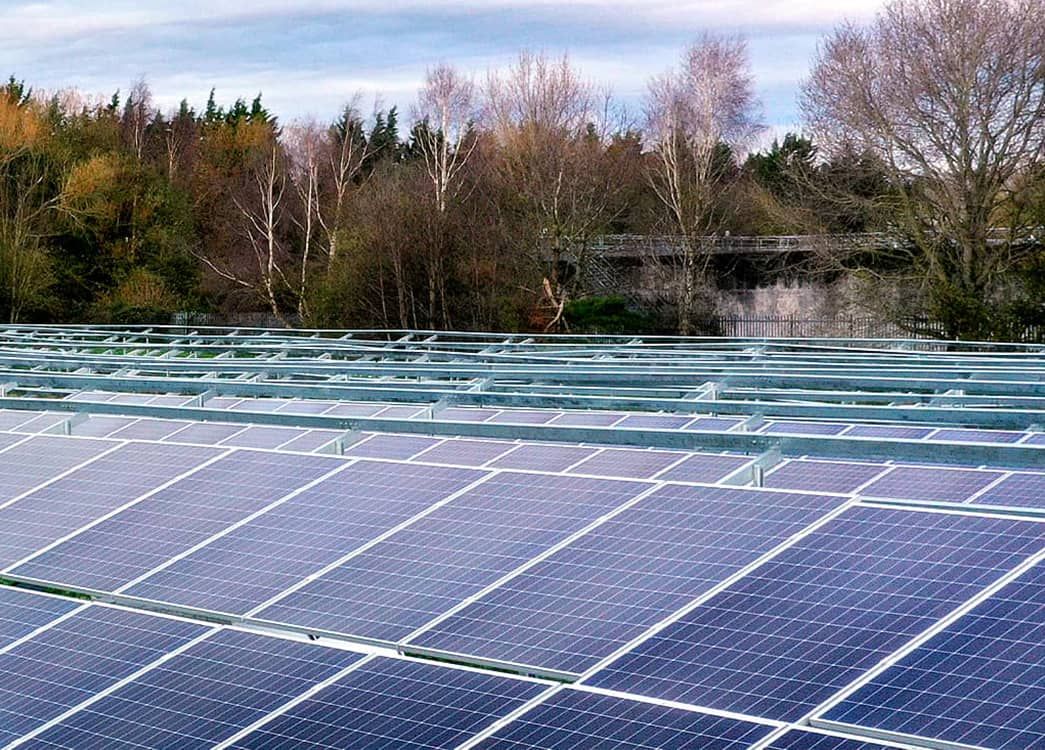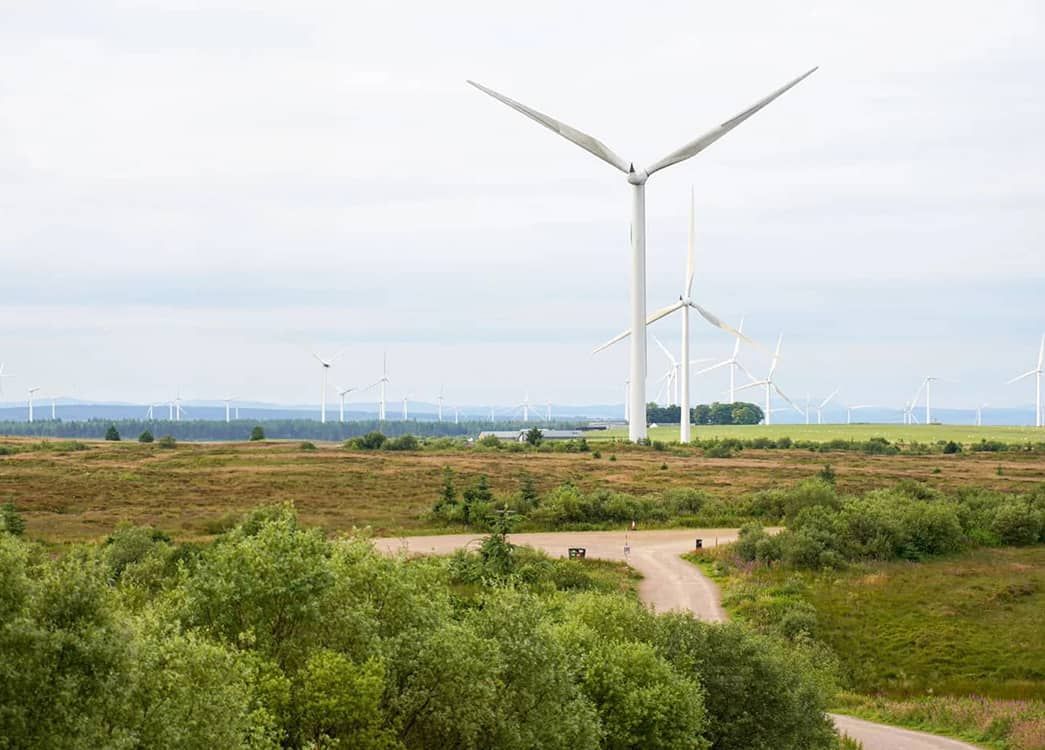03

SOLAR DESIGN
Ahren Brown, Planning & Environmental Technician at Cogeo
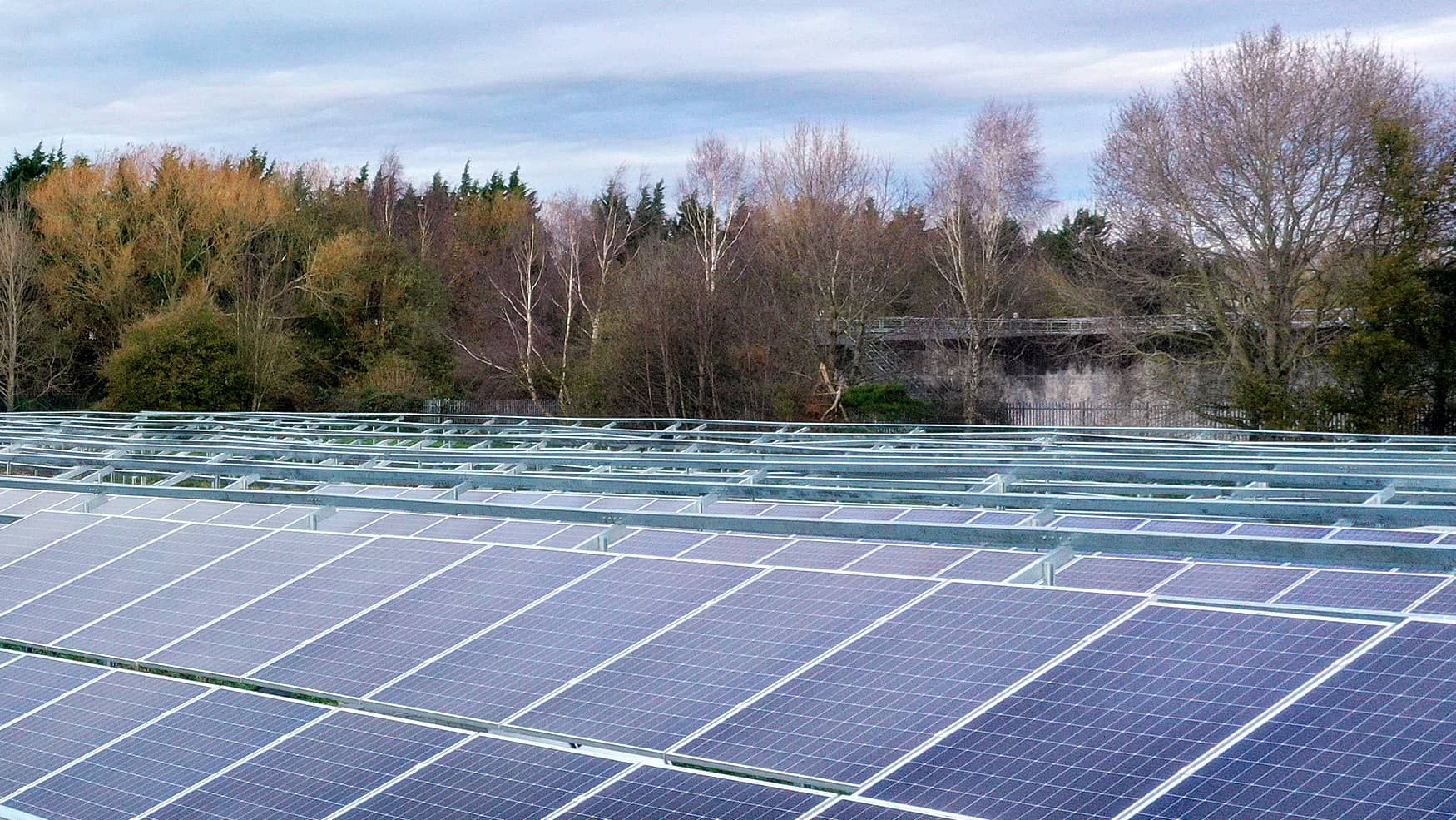
Plans for today that plan for tomorrow - One of the biggest frustrations contractors and developers face is delays caused by changes or amendments to planning permission after consent is granted. For any site design, we follow the principles of:



Nowhere are these principles more critical than with solar projects. The solar industry regularly experiences big changes, which can often occur between when a site is initially designed and constructed. Our role is to bridge that gap and provide fit-for-purpose plans.
Did you know?
Any development outside the red line boundary of an approved plan needs a new planning application.
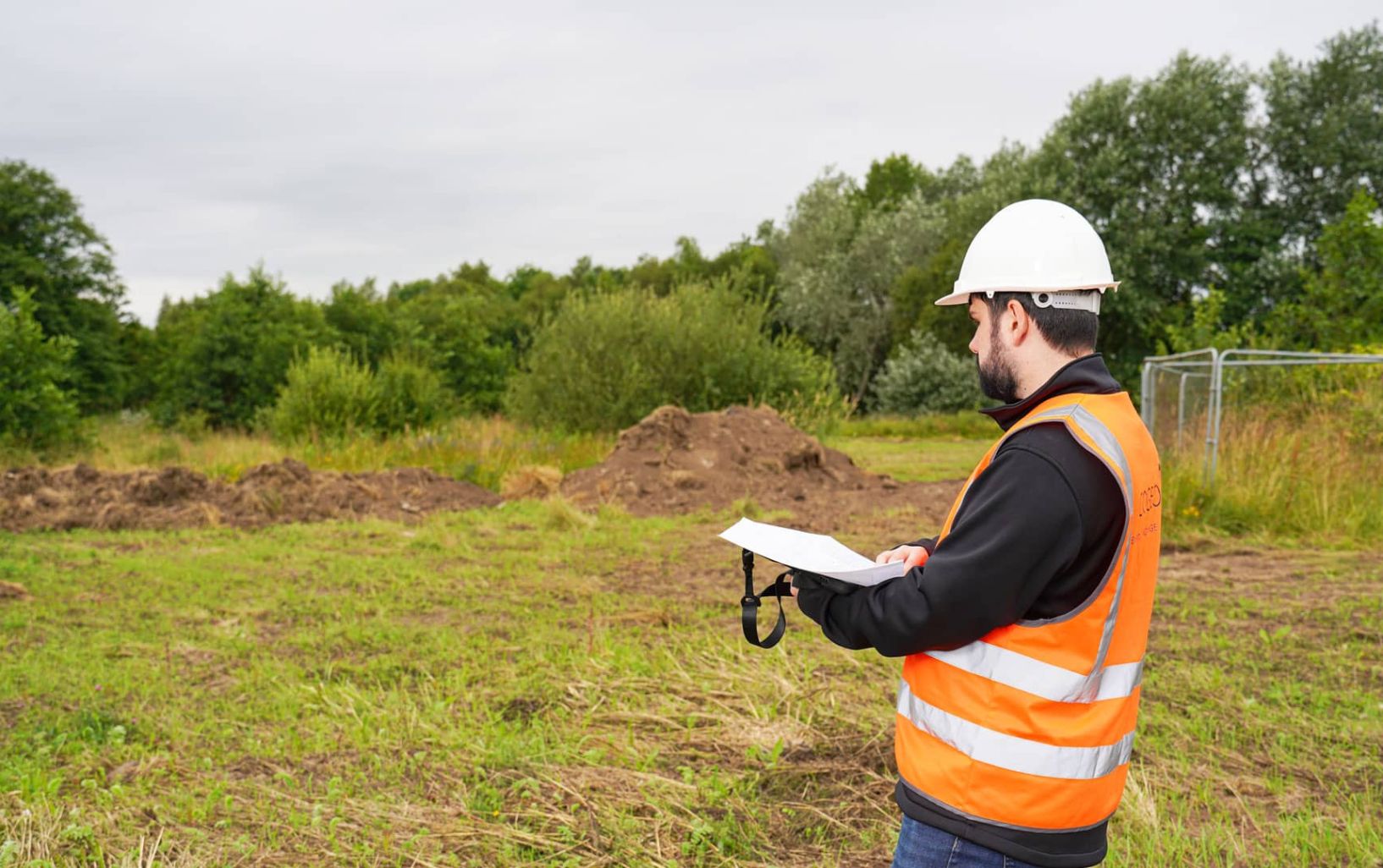
Collaboration with partnered engineers and installers is essential to the development process. Combining our expertise in environmental assessment and solar, we can ensure a planning-compliant design.
Our overarching aim is to provide a solar design that minimises friction from concept to construction considering everything from ecology and drainage to landscape and glint & glare.
The Risk:




Solar Design Evolution
Solar Farm planning is an ever-evolving process. The gallery shows how the design is used across a broad spectrum of planning, environmental and construction processes.

OUR 4-STAGE PROCESS
Our process combines specialist PV design software with planning and environmental programmes to produce accurate, compliant designs.
1. Understand your site
Work with you to determine the best system. Considering energy demands, site potential and financial feasibility.
2. Consider Constraints
Utilising our experience, consider any constraints:
-
Ecology Landscape Heritage
-
Drainage
-
Topography
-
Glint & Glare
-
Access
-
Root Protection Areas
-
Noise
-
Planting Plans
3. Concept and Design
Assess shading, financial analysis and electrical design to provide a detailed layout. Working with our in-house grid connection team towards a DNO-compliant design.
Collaborate to provide an array that maximises the site’s potential.
Consult with installers to ensure the latest technology specifications
4. Finalise a planning resilient design
Including flexibility for further development and amendments pre-construction
Using this approach, we are creating plans for today that are comprehensive and planning-compliant, considering the real-world challenges faced with a changing tomorrow. We can’t predict what technology, panels, inverters and improvements will emerge in the solar industry in the future, but we can plan for it.
